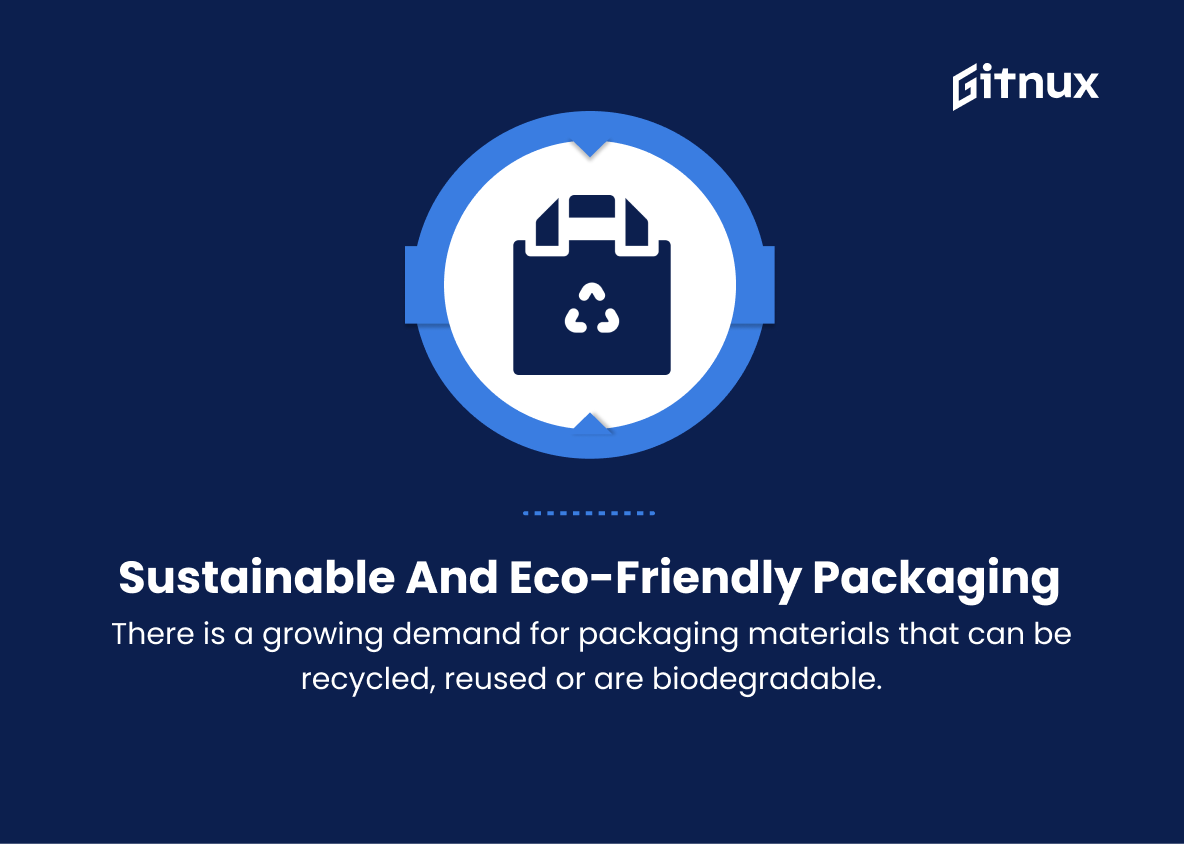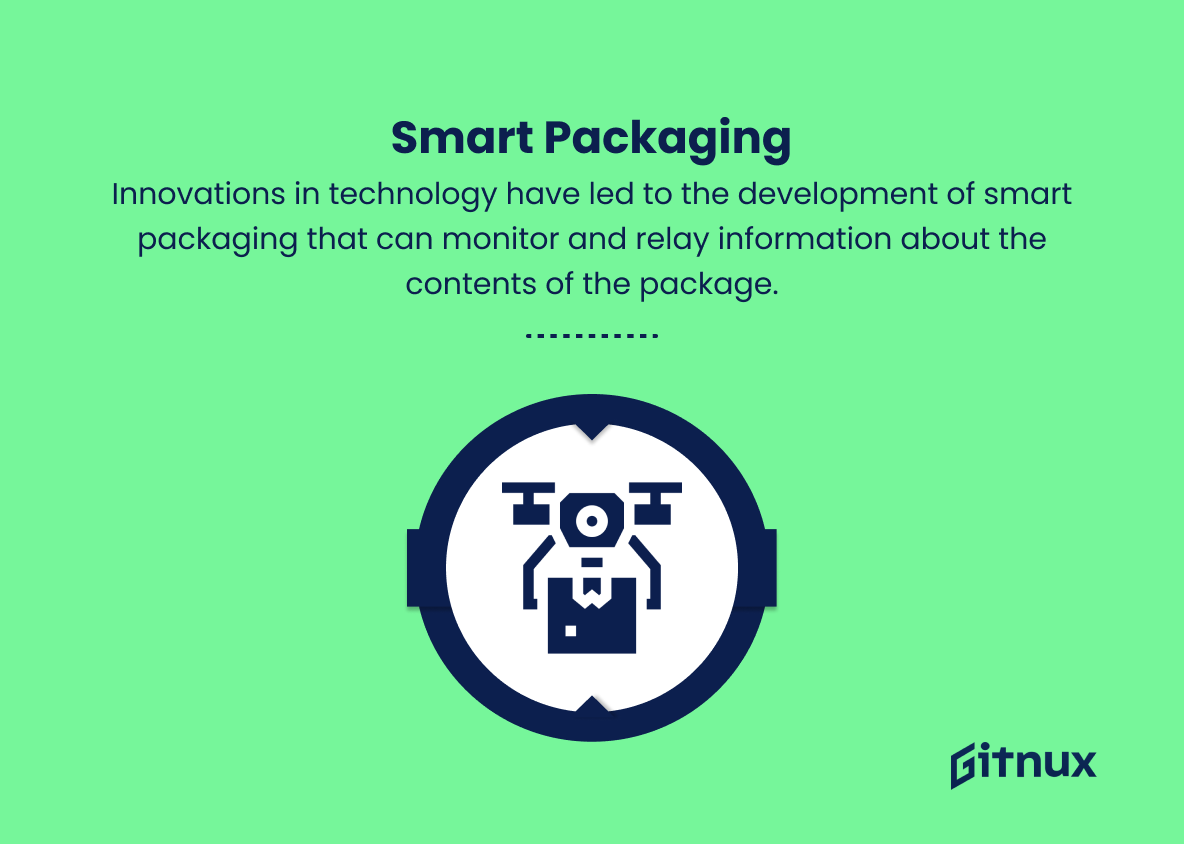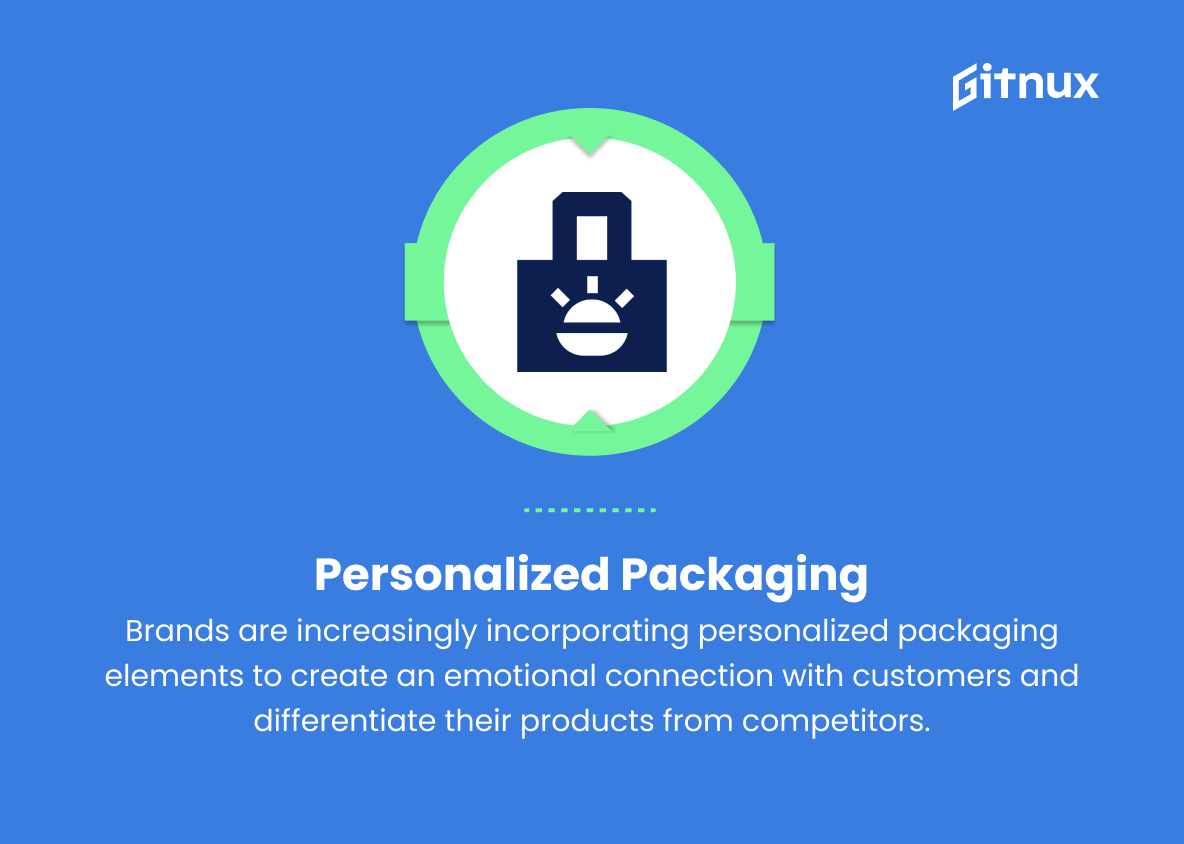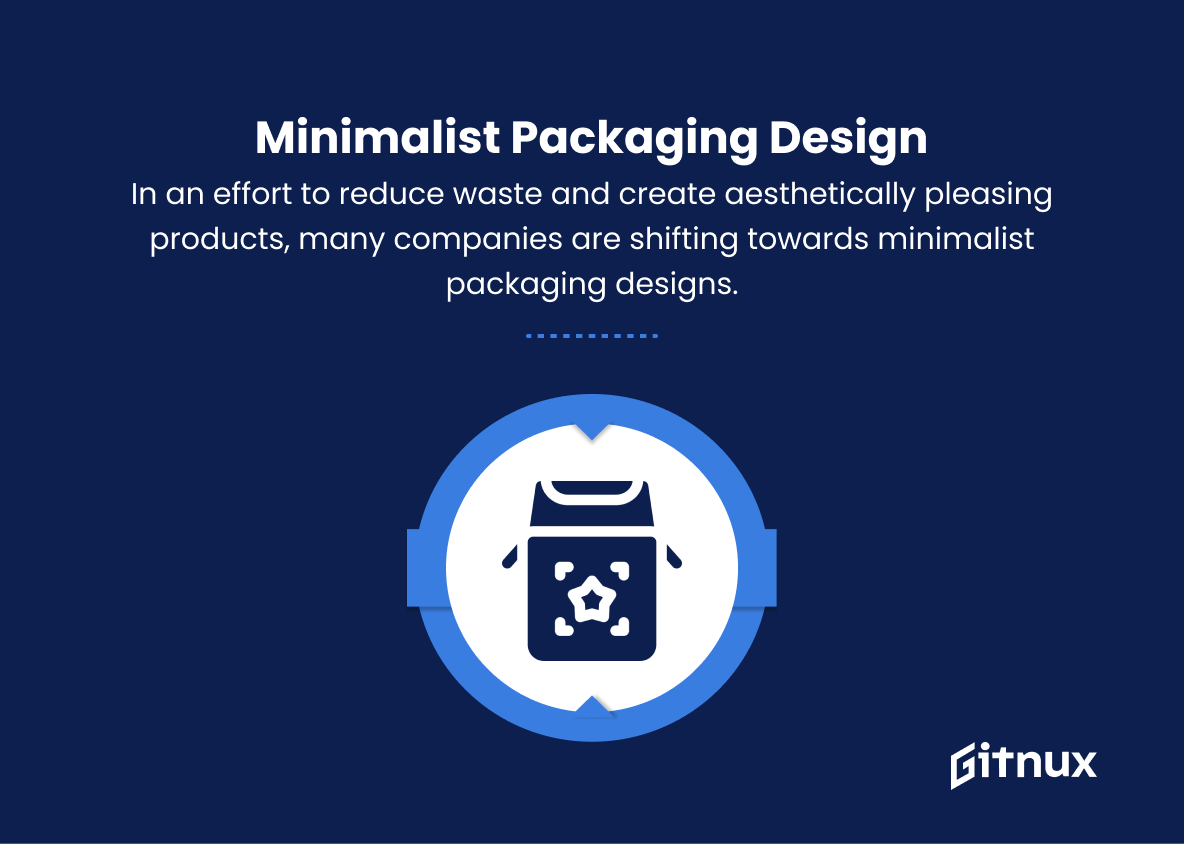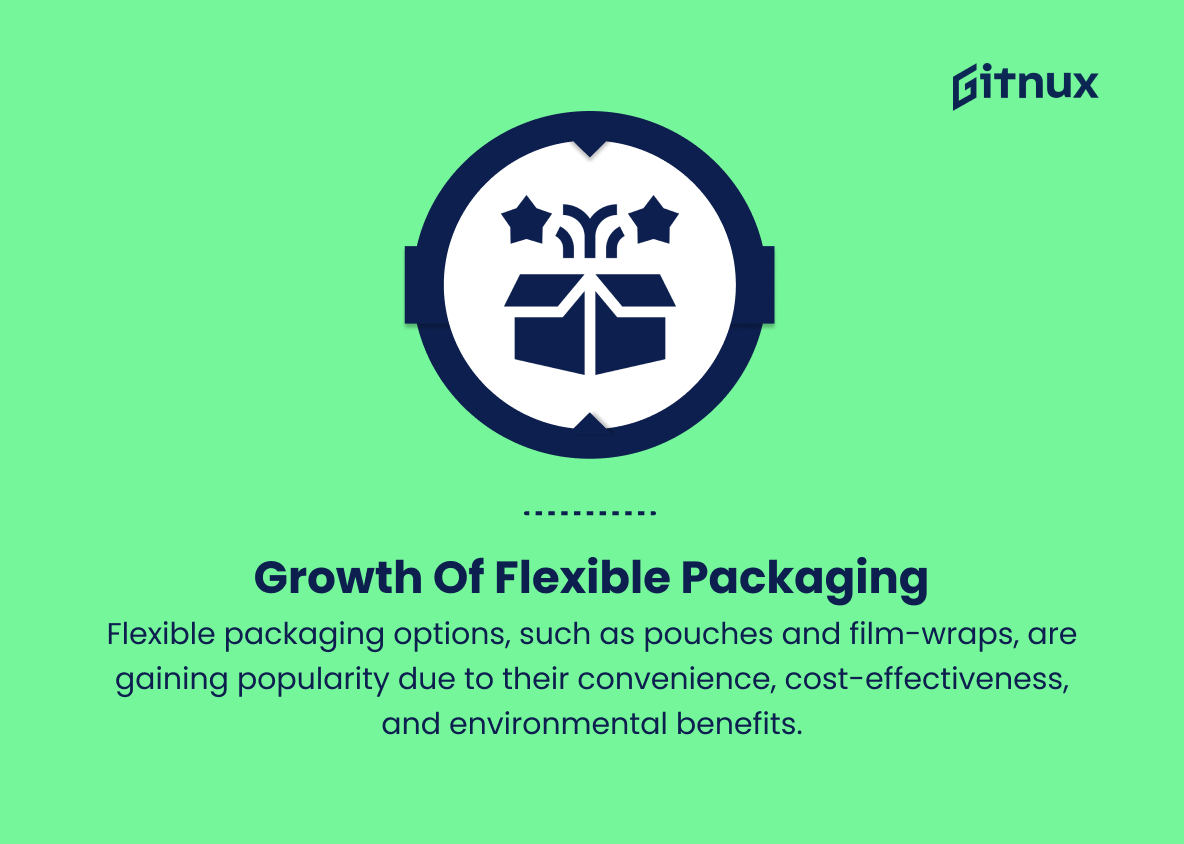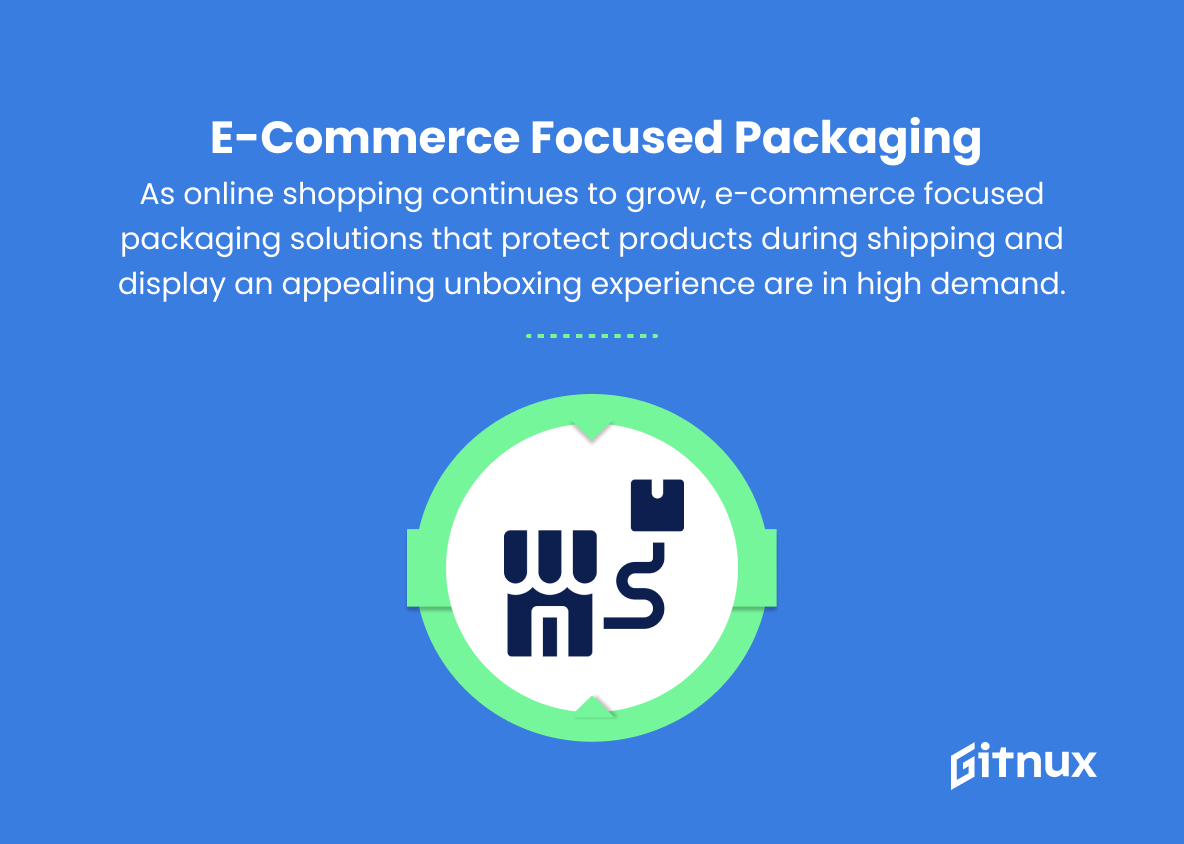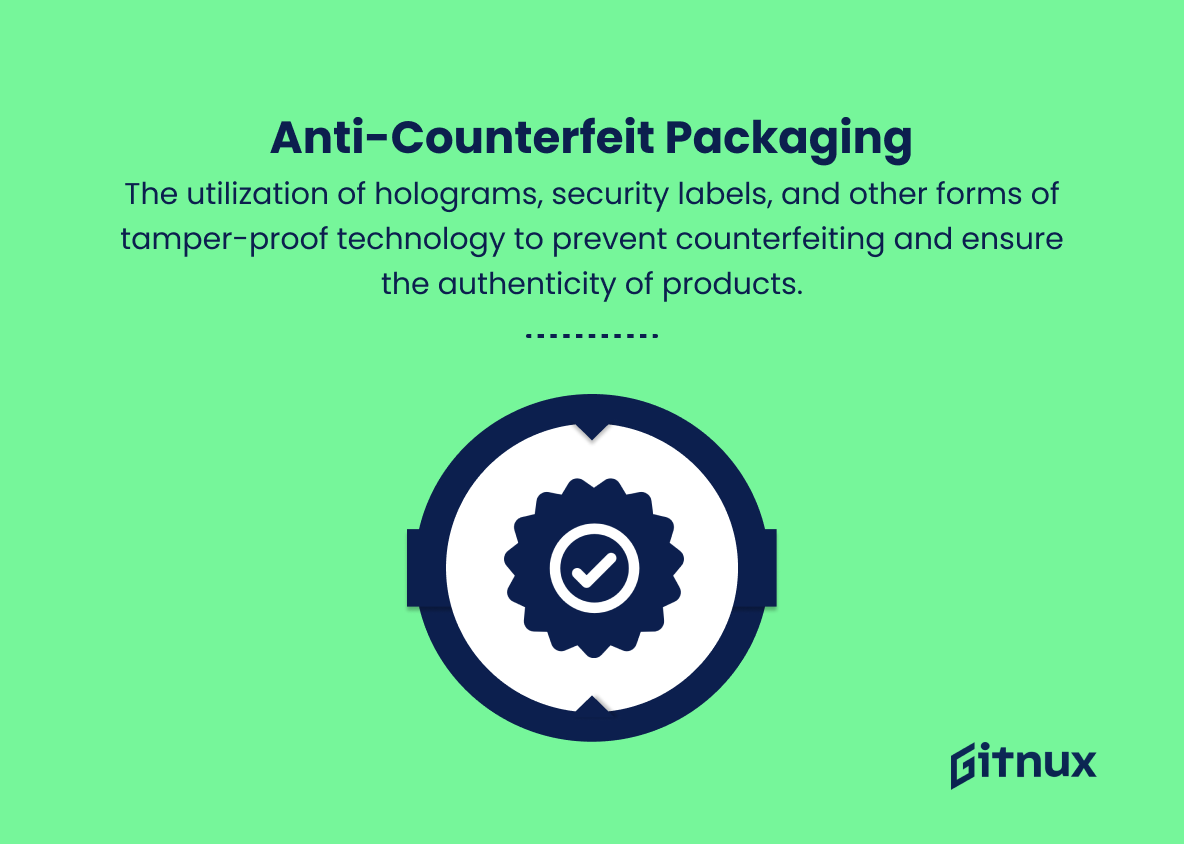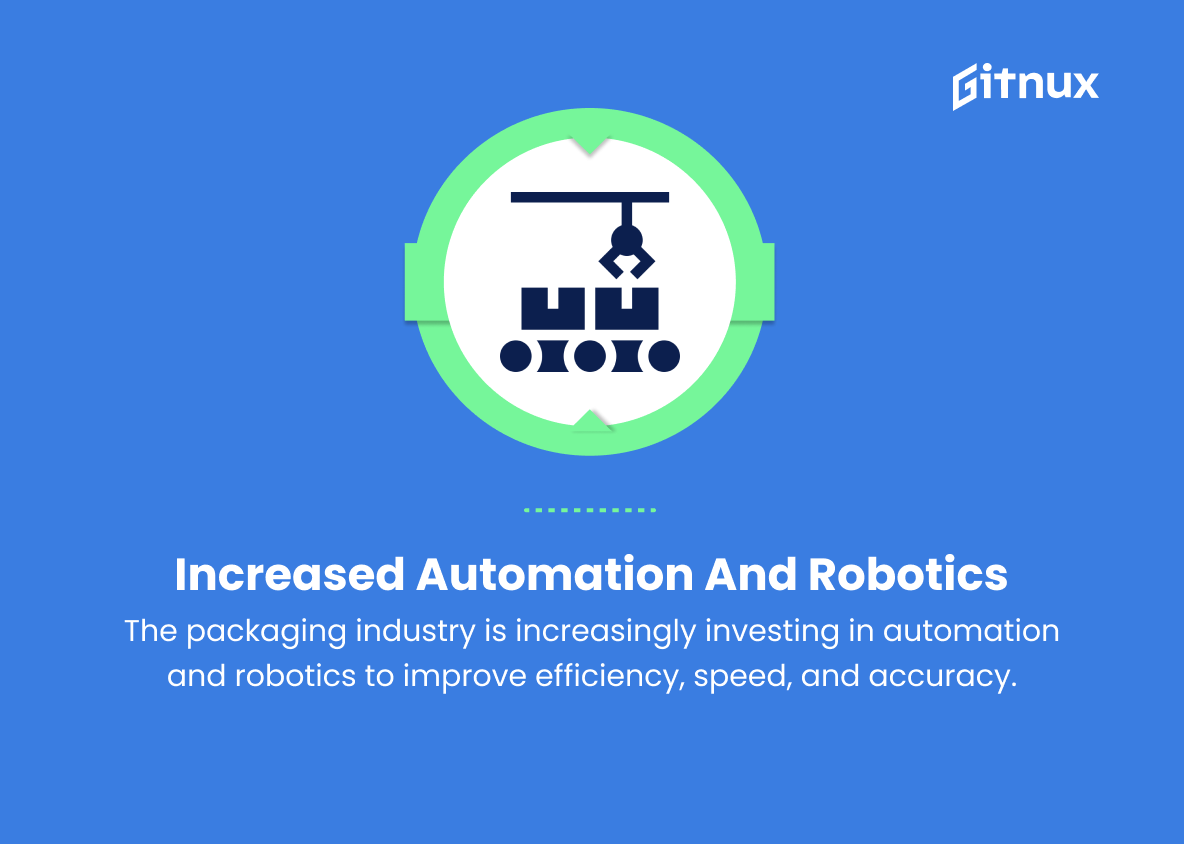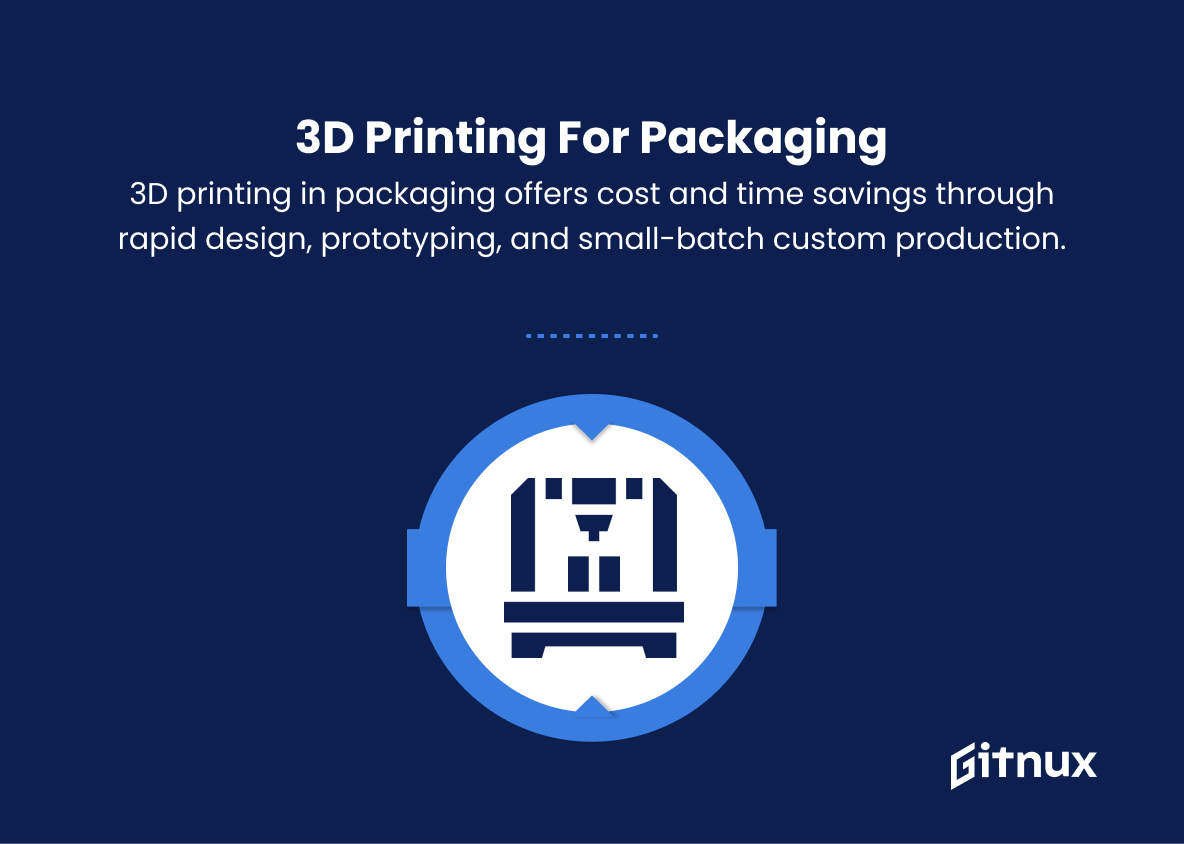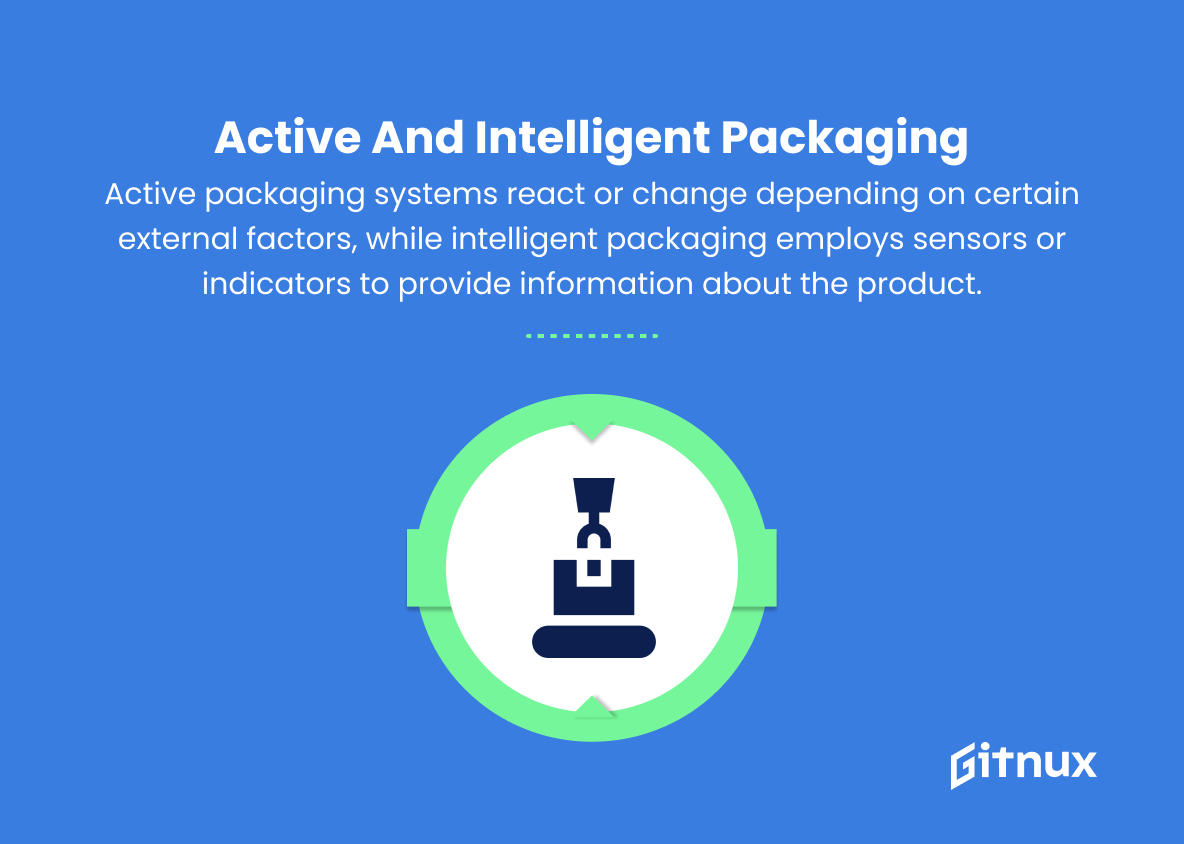In today’s rapidly evolving world, the packaging industry plays an increasingly crucial role in shaping consumer perceptions, promoting sustainability, and driving innovation across various market segments. As businesses continue to adapt and respond to shifting trends and emerging technologies, the importance of staying ahead in this ever-changing landscape cannot be overstated.
In this insightful blog post, we will delve into the most significant packaging industry trends that are shaping the future, the factors contributing to their rise, and the implications they have for manufacturers, designers, and end-users alike.
Through this comprehensive analysis, we aim to equip you with a deeper understanding of the current state of the packaging world, enabling you to make informed decisions and capitalize on emerging opportunities, ultimately elevating your business to new heights.
Top Packaging Industry Trends
1. Sustainable and Eco-Friendly Packaging
There is a growing demand for packaging materials that can be recycled, reused or are biodegradable. This trend aims to reduce the environmental impact and carbon footprint of packaging and promote sustainable practices throughout the industry.
2. Smart Packaging
Innovations in technology have led to the development of smart packaging that can monitor and relay information about the contents of the package. This can include temperature monitoring, freshness sensors, and even alert the consumers when the product is about to expire.
3. Personalized Packaging
Brands are increasingly incorporating personalized packaging elements to create an emotional connection with customers and differentiate their products from competitors. This can include customizable labels, unique packaging shapes, and limited edition designs.
4. Minimalist Packaging Design
In an effort to reduce waste and create aesthetically pleasing products, many companies are shifting towards minimalist packaging designs. This can include simplistic and clear branding, using fewer materials, and showcasing the product through transparent packaging.
5. Growth of Flexible Packaging
Flexible packaging options, such as pouches and film-wraps, are gaining popularity due to their convenience, cost-effectiveness, and environmental benefits. They offer a lightweight and customizable solution that can be easily adapted for various products and applications.
6. E-commerce Focused Packaging
As online shopping continues to grow, e-commerce focused packaging solutions that protect products during shipping and display an appealing unboxing experience are in high demand.
7. Edible Packaging
A trend that aims to eliminate waste completely by creating packaging materials made from edible ingredients. These can include seaweed-based materials, edible films, and coatings n that can reduce packaging waste while ensuring product freshness.
8. Anti-Counterfeit Packaging
The utilization of holograms, security labels, and other forms of tamper-proof technology to prevent counterfeiting and ensure the authenticity of products.
9. Increased Automation and Robotics
The packaging industry is increasingly investing in automation and robotics to improve efficiency, speed, and accuracy. This can lead to reduced labor costs and the ability to customize packaging more easily.
10. 3D Printing for Packaging
3D printing technology offers potential cost and time savings for the packaging industry by allowing for quick design iterations, rapid prototyping, and the production of small quantities of custom packaging.
11. Nanotechnology in Packaging
The integration of nanotechnology in packaging materials can offer innovative solutions like improved strength, antimicrobial properties, and temperature control.
12. Active and Intelligent Packaging
Active packaging systems react or change depending on certain external factors, while intelligent packaging employs sensors or indicators to provide information about the product. Examples include oxygen scavengers, moisture absorbing systems, and smart labels with product information.
In conclusion, the packaging industry trends are driven by innovation, sustainability, and technology adaptation to cater to evolving consumer demands and environmental concerns. These trends continue to shape the future of the sector, with new materials and techniques regularly emerging.
Implications
The future of the packaging industry is set to be transformed by a range of trends that prioritize sustainability, innovation, and technology.
The demand for eco-friendly packaging – including recyclable, reusable, and biodegradable options – is fueled by the need to reduce environmental impact, while smart packaging innovations provide added value to consumers by monitoring and relaying product information.
Personalization is becoming increasingly important as companies seek to create emotional connections and differentiate themselves in the market, and minimalist packaging design helps to reduce waste while maintaining visual appeal.
Additionally, flexible packaging options offer convenient, cost-effective, and environmentally responsible alternatives to traditional rigid packaging.
As e-commerce continues to expand, so too will the need for durable yet attractive shipping solutions, while edible packaging aims to eliminate waste entirely by utilizing edible ingredients in its construction. The use of anti-counterfeit measures, such as holograms and security labels, help ensure the authenticity of products, and the adoption of automation, robotics, and 3D printing technologies streamline the packaging process and enable greater customization.
Furthermore, the incorporation of nanotechnology can lead to innovative solutions in terms of strength, antimicrobial properties, and temperature control, and active and intelligent packaging systems provide interactive functions, such as oxygen scavengers and smart labels.
These dynamic trends, driven by consumer desires and environmental concerns, are poised to redefine the packaging sector and offer exciting new possibilities for industry leaders.
Conclusion
In conclusion, the packaging industry is undergoing a significant transformation, driven by a range of emerging trends.
As we witness growing concerns about sustainability, increased demand for customization, and advancements in technology, the industry needs to adapt and evolve to remain relevant and successful. By embracing eco-friendly materials, investing in smart packaging solutions, and addressing shifting consumer preferences, companies within the packaging sector will be better equipped to meet the challenges of the future while staying ahead in this fast-paced and competitive market.
The ability to innovate, adapt, and create value will be essential in staying ahead of the curve and forging a successful path in the evolving world of packaging.
